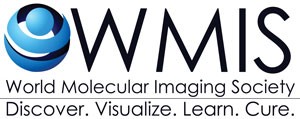Presenter:


Abstract:
Diagnosis is the process of identifying a disease, condition, or injury based on clinical signs, symptoms, physical examination and testing. Despite digital imaging, electronic health records (EHR), advances in molecular diagnostics and other precision medicine tools, diagnosis often remains a fragmented and frustrating process for both clinicians and patients. Data is gathered and presented in asynchronous fashion and the EHR does little to intelligently organize and synthesize the data into information, i.e. data put in the context of other existing data in order to facilitate diagnostic inferences. As a result, diagnoses may be incorrect, delayed or never made.
The term Integrated Diagnostics (ID) refers to a vision for the future where data from the entire diagnostic arsenal including imaging, pathology and molecular diagnostics, genomics, as well as clinical data from the EHR are aggregated and contextualized to enhance insights. The EHR presents ‘information’ in an optimally consumable way to facilitate collaboration and Clinical Decision Support (CDS) tools drive accurate, precise diagnosis and appropriate care
While the search for value in healthcare spending has cast imaging and diagnostics negatively as a driver of cost and wasteful over utilization, ID has the potential to drive economy and efficiency. Predictive analytic tools based on aggregated clinical data can streamline care pathways so that appropriate diagnostic tests are promptly identified and expedited. Requisite for this fluid delivery of diagnostic care and related health care is the elimination of the current walls around our medical silos, including those between radiology and pathology. Treatment guided by ID has the potential to direct patients to the correct therapy sooner, modify treatment when appropriate, and terminate it when not efficacious; ultimately decreasing morbidity, improving outcome, and avoiding unnecessary cost.
